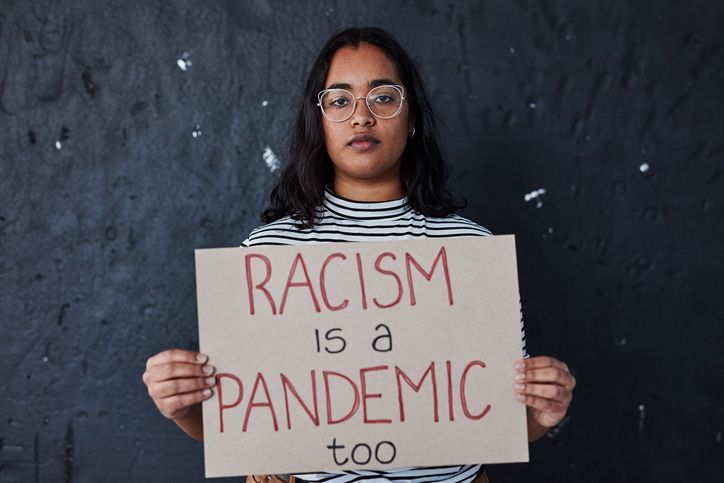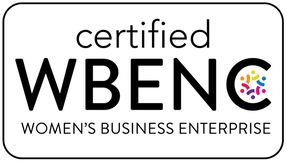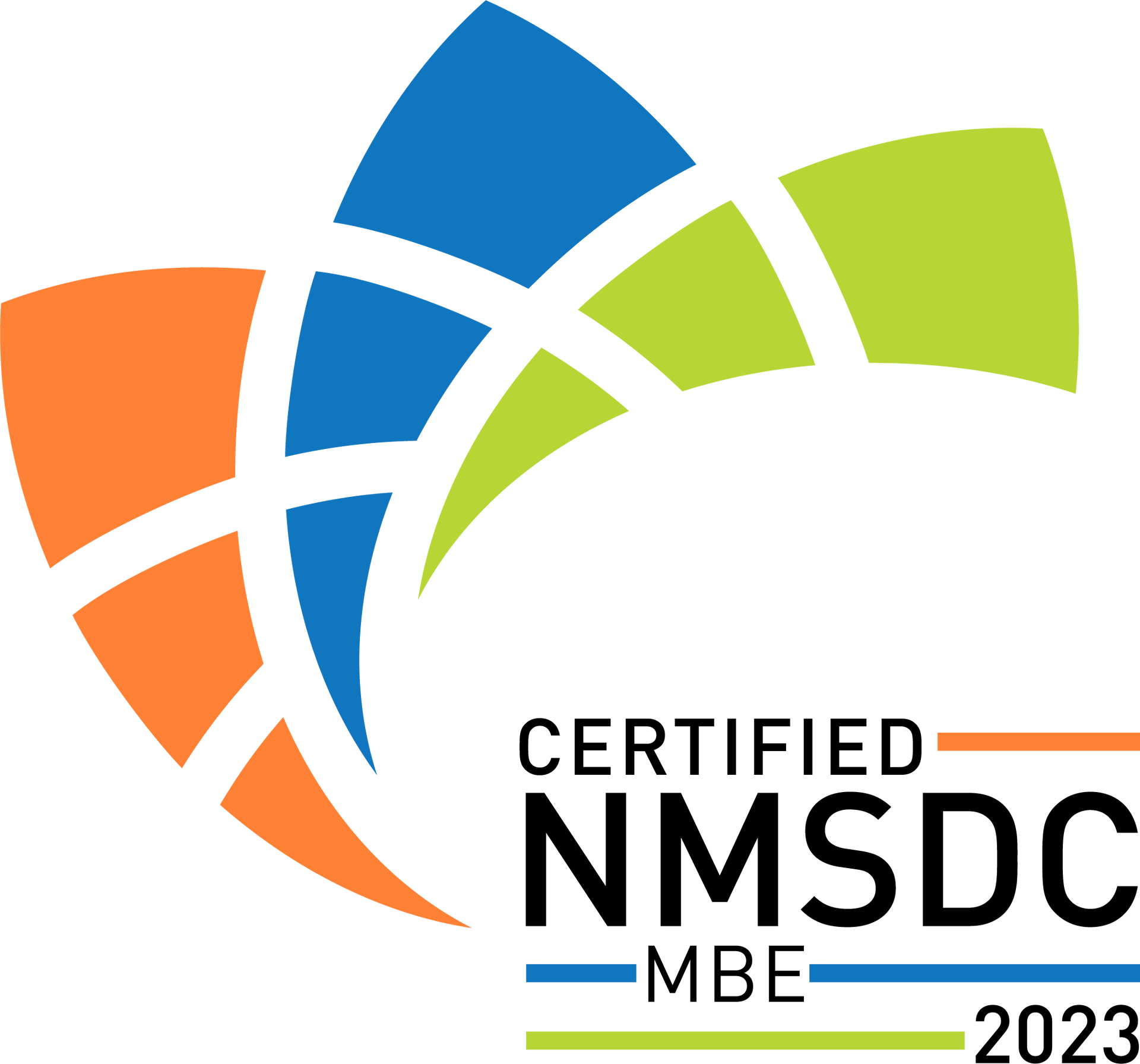How To Take D&I Out Of Boxes And Into The Real World
The current model for D&I is best summed up in the idea of ‘checking boxes.’ Woman? Check. African American? Check. Veteran? Check, and so on. This is a flawed system that unfortunately most companies currently use as the standard by which they are succeeded or failing when it comes to diversity. But this is not the right way to build authentic, sustainable diversity and inclusion initiatives. In fact, this is the totally opposite way to do it, and can prove damaging to a company trying to attract and retain diverse talent, both of which ultimately affect the company brand and profitability.
Instead, here are 3 steps to ensure your company is making a meaningful effort towards real change.
Value not Numbers - Let's stop getting caught up in the metrics and pay more attention to building and hiring value that is diverse, and creating workspaces that are accepting of the complexities of difference. In “I'm every employer's dream ‘diversity hire’ and it's the worst,” Jori Ford chronicles her experiences as a recruiter's dream hire as a Black, Korean, Lesbian Tech worker. Definitely a quadruple threat and the poster child for multiple diverse representation, but here's the problem: in what is considered to be the best diverse hire and in the midst of all the excitement to anxiously check those EEOC boxes all sincerity towards the recruiting and hiring process goes completely out the window. Ford states: “companies interested in moving beyond checking boxes need to weave values and processes that foster diversity and inclusion throughout their cultures.” I wholeheartedly agree. Companies must create corporate cultures that take into consideration sustainable value-based recruiting, hiring and onboarding strategies and methodologies.
Zeal of the Challenge - See diversity & initiatives as a marathon. It's not an instant sprint to the finish line but rather it takes time and conditioning of the mind and body. For D&I you have to figure out what works and what doesn't. That challenge lies in figuring out the rights and overcoming the wrongs. New task challenges always reinvigorate the mind, body and soul. Challenges for a good cause are a win win, as they not only work towards the good of the firm and society as a whole, but can also feel great along the way. It goes way beyond doing it just because it’s ‘the right thing’; arguably all richness, innovation, and real joy in life come from challenging yourself in the right ways, and watching yourself rise to the challenge and grow from it. Approach D&I initiatives with that zeal of the challenge approach, and you will be successful!
Niche Recruiting Agency Use is a Must – “Specialized recruiting services outside resources can offer a fresh set of eyes when thinking about workplace diversity. It’s hard to change what you can’t fully see, let along change it well (that’s how unconscious bias works, after all)." Yes, I own a diversity search firm that specializes in race and gender equality. Yes, I am an African American woman, who recruits from a fresh perspective because I'm always trying to identify quality candidates who look like me. Ford is 100% correct saying this because the outside recruiting lens is not bogged down in your company's internal politics and culture. Therefore, niche agencies like mine can provide candidates you may not traditionally give a second look to.
Diversity and inclusion is about celebrating and appreciating the differences in people, not checking boxes. If your company is currently taking the ‘checking boxes’ approach, nothing good or new will come out of it. In order to create authentic, sustainable diversity & inclusion you must understand the nuances involved, then be a part of the marathon to create multiple representation.
We are better together!
I AM someone who sees incredible potential in places most people don't think to look. As an owner of a diversity staffing boutique, my team and I walk alongside our Clients in creating professional environments that are truly for ALL. I believe in our interconnectedness as a human race and strive every day to use my gifts to empower the workplace’s invisible and powerless. I rarely bet on certainty and always root for the underdog because, after all, those are the best stories to tell.
Hi there! Thanks for reading! Follow Angela Solomon on her social profiles! | LinkedIn: /ASolomonRecruits | Facebook: @ASolomonRecruits | Instagram: @A.SolomonRecruits | Twitter: @AS_Recruits | Pinterest: @AS_Recruits


EXPLORE OUR SITE
All Rights Reserved | A. Solomon Recruits




